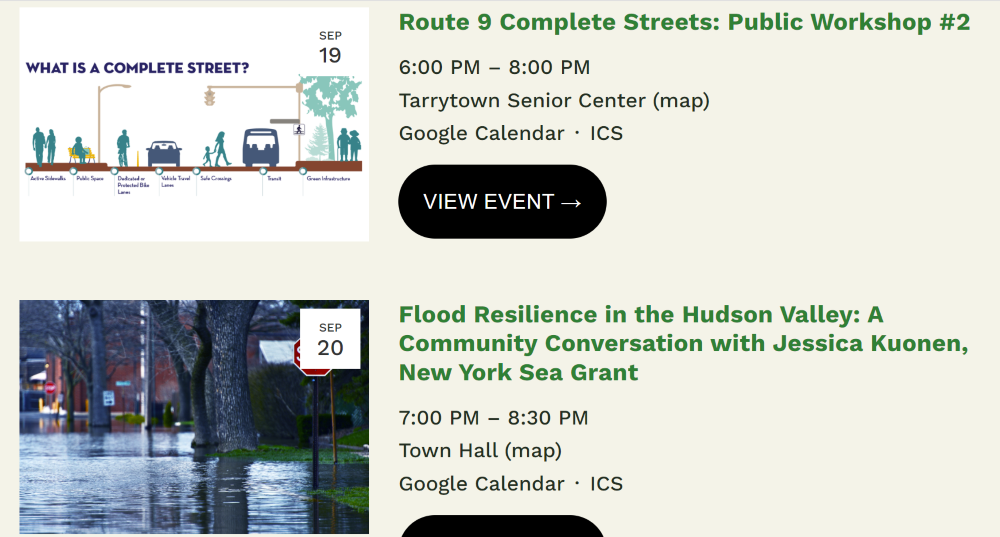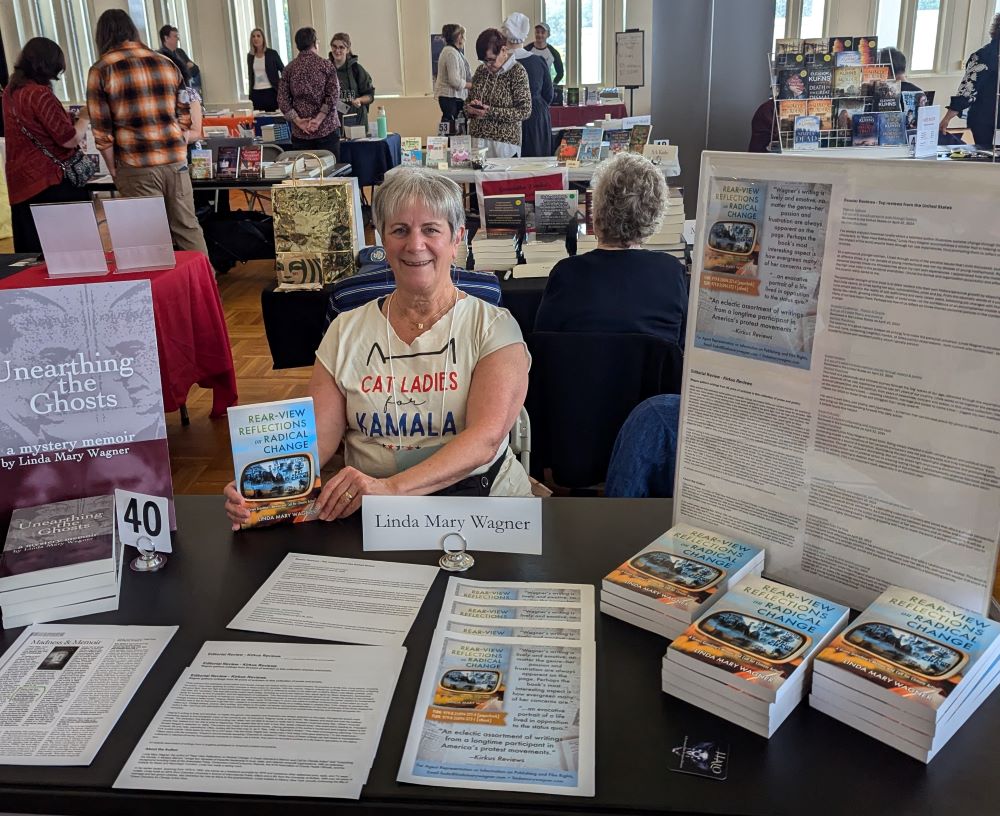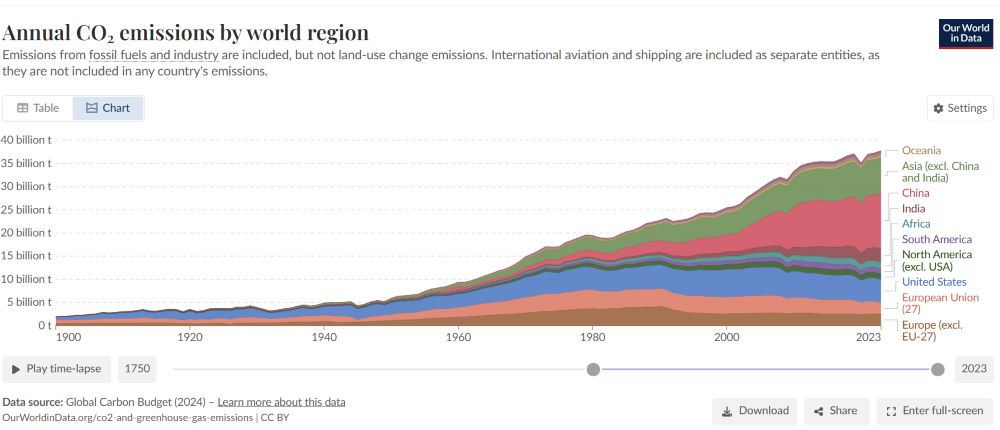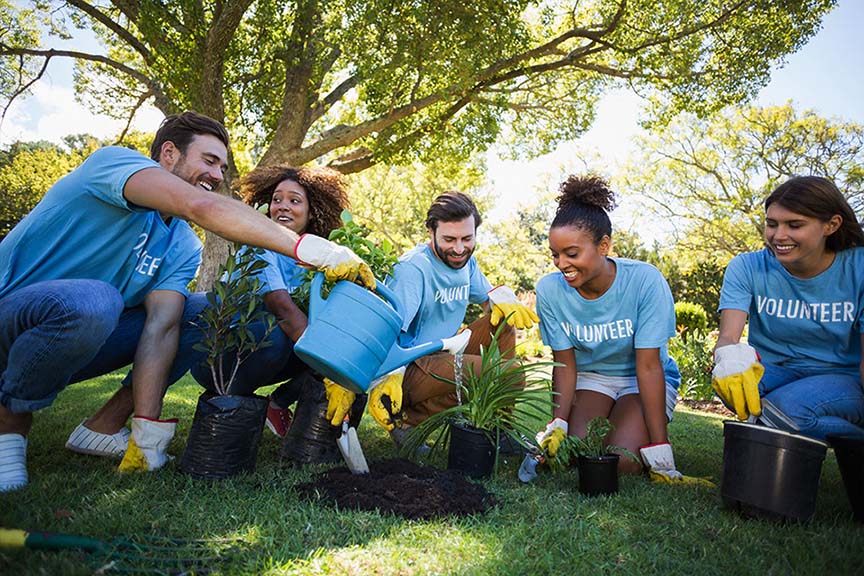A winning way to remain optimistic in the face of a problem is to put a laser focus on possible solutions. Climate solutions are essential for addressing the twin existential problems of climate change and fossil fuel dependency.
This week, I spotlight potential solutions and community efforts to foster creative changes that can combat climate change and fossil fuel usage.
One large region – the Hudson River Valley of New York State – has devoted much of this September to events that showcase such efforts. I share their Events calendar here to spur your own creative thinking about how this region’s ideas may apply to where you live.
Climate Week Focuses on Solutions
Hudson Valley Climate Solutions Week+ – “Hudson Valley Climate Solutions Week+ focuses attention on the climate emergency we are all facing together and organizes a series of diverse educational events and actions throughout the region. Municipalities, businesses, and local and national organizations are invited to create and host their own event that relates to climate solutions. Past events have included workshops, lectures, art and music shows, site visits and field experiences, film showings, group buses to NYC climate protests, and much more.”
Getting Plastics Out of Water
As usual, Anthropocene Magazine’s newsletter highlights new science intended to address a serious environmental challenge, in this case, the spread of microplastics in water. Mix. Remove Nanoplastics. Repeat. This article explains, “Chemists have found a secret sauce to quickly and easily remove 98 percent of tiny invisible plastic pieces from water.” It quotes the author of the research paper, Piyuni Ishtaweera: “These solvents are made from safe, non-toxic components, and their ability to repel water prevents additional contamination of water sources, making them a highly sustainable solution.” You can learn more from this press release.
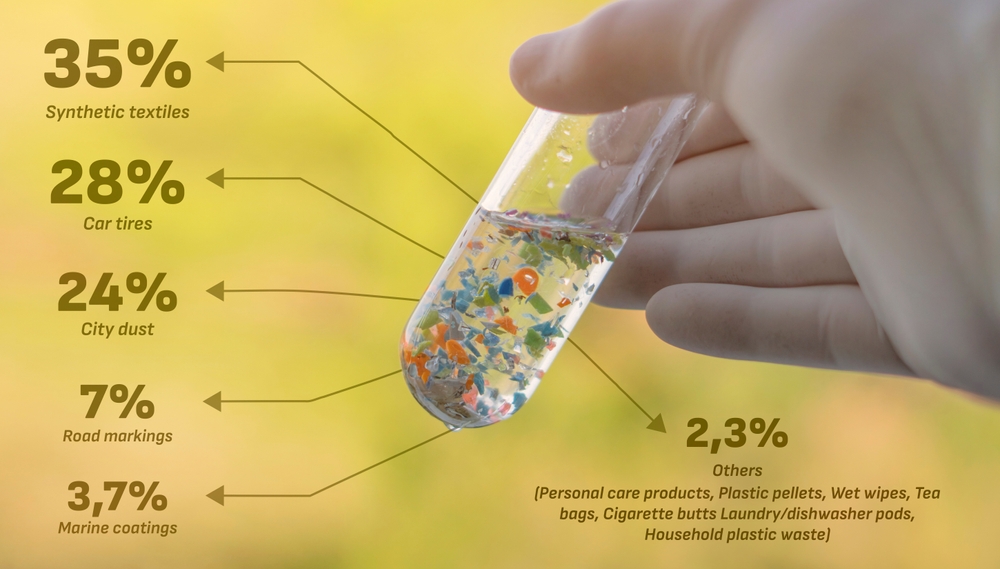
Where We Stand with EVs & Solar Farm Benefits
In a recent Climate Forward newsletter from The New York Times, we learn where we stand with regard to two crucial solutions: The E.V. future is coming and Solar farms have a superpower beyond clean energy. Despite a slowdown in meeting previously stated E.V. goals, “Electric vehicles are approaching a tipping point when they’ll reach price parity with gas-powered cars.” On solar farms, the Times article states, “As solar projects unfurl across the U.S., sites like this one in Ramsey, Minn., northwest of Minneapolis, stand out because they offer a way to fight climate change while also tackling another ecological crisis: a global biodiversity collapse, driven in large part by habitat loss.”
New Lives for Old Shoes
One of the most basic ways to fight fossil fuel dependency is to buy fewer things and recycle more of what we use. The Washington Post tells us How to give your old sneakers a second life. To stem the flow of 300 million sneakers that wind up in landfills each year, this article shares tips on donating, recycling, and repairing and maintaining your used pairs.

Some additional ideas were highlighted in my previous blog post, What are Some Solutions to Climate Change?
Finally, we will never achieve current goals for curbing greenhouse gas emissions without the active involvement of citizens. One U.S. organization that provides a bipartisan path to climate advocacy is the Citizens’ Climate Lobby. Their website states: “We empower everyday people to work together on climate policy. Our supporters are organized in 420+ chapters across the United States building support in Congress for a national bipartisan solution to climate change. Globally, we also support 150+ international chapters on six continents.”
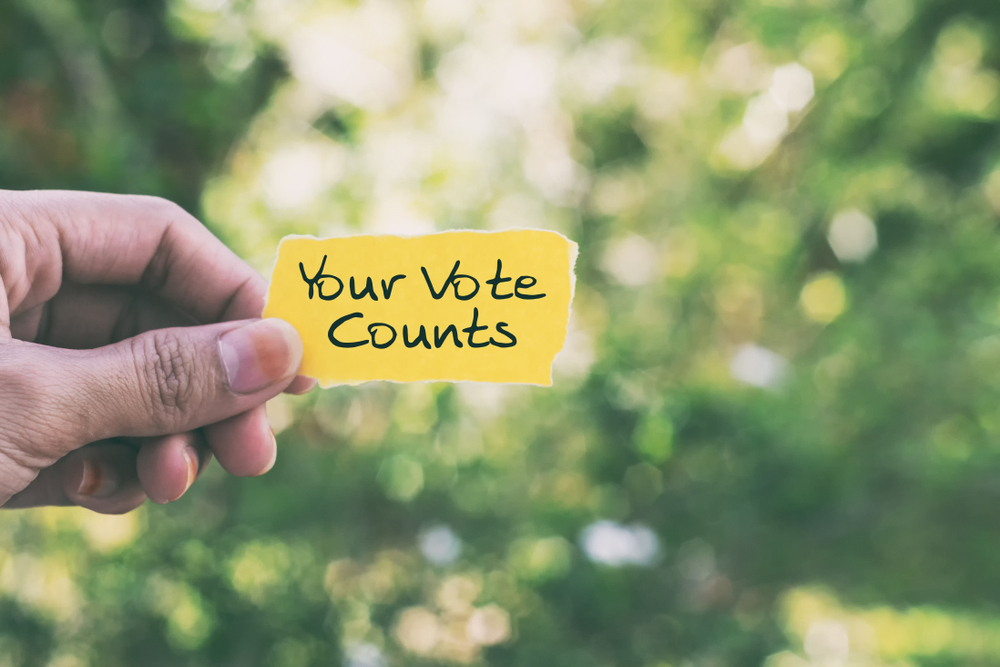
As always, another critical tool for climate advocacy is your vote. You can learn how well your Senators and Representatives in Congress and your state’s Governor score on the climate change issues at this Vote Climate U.S. PAC website.

